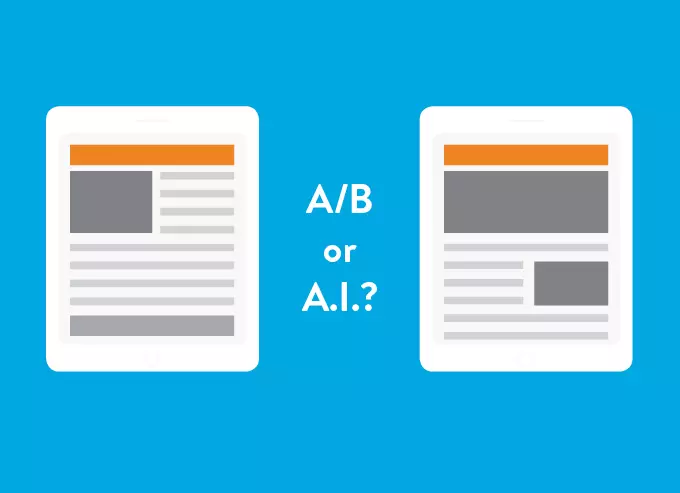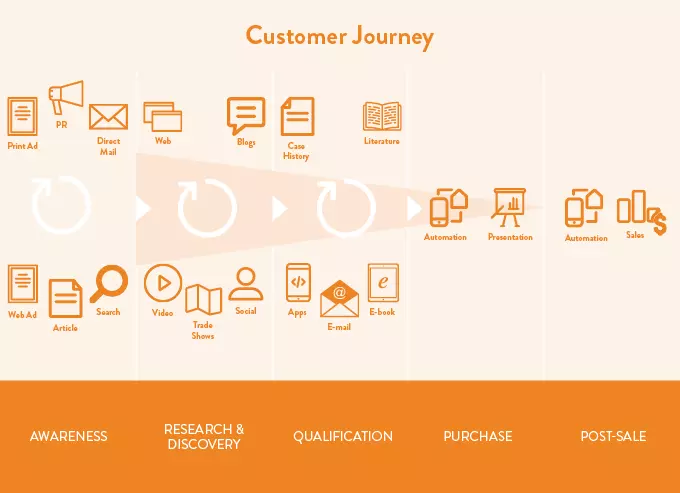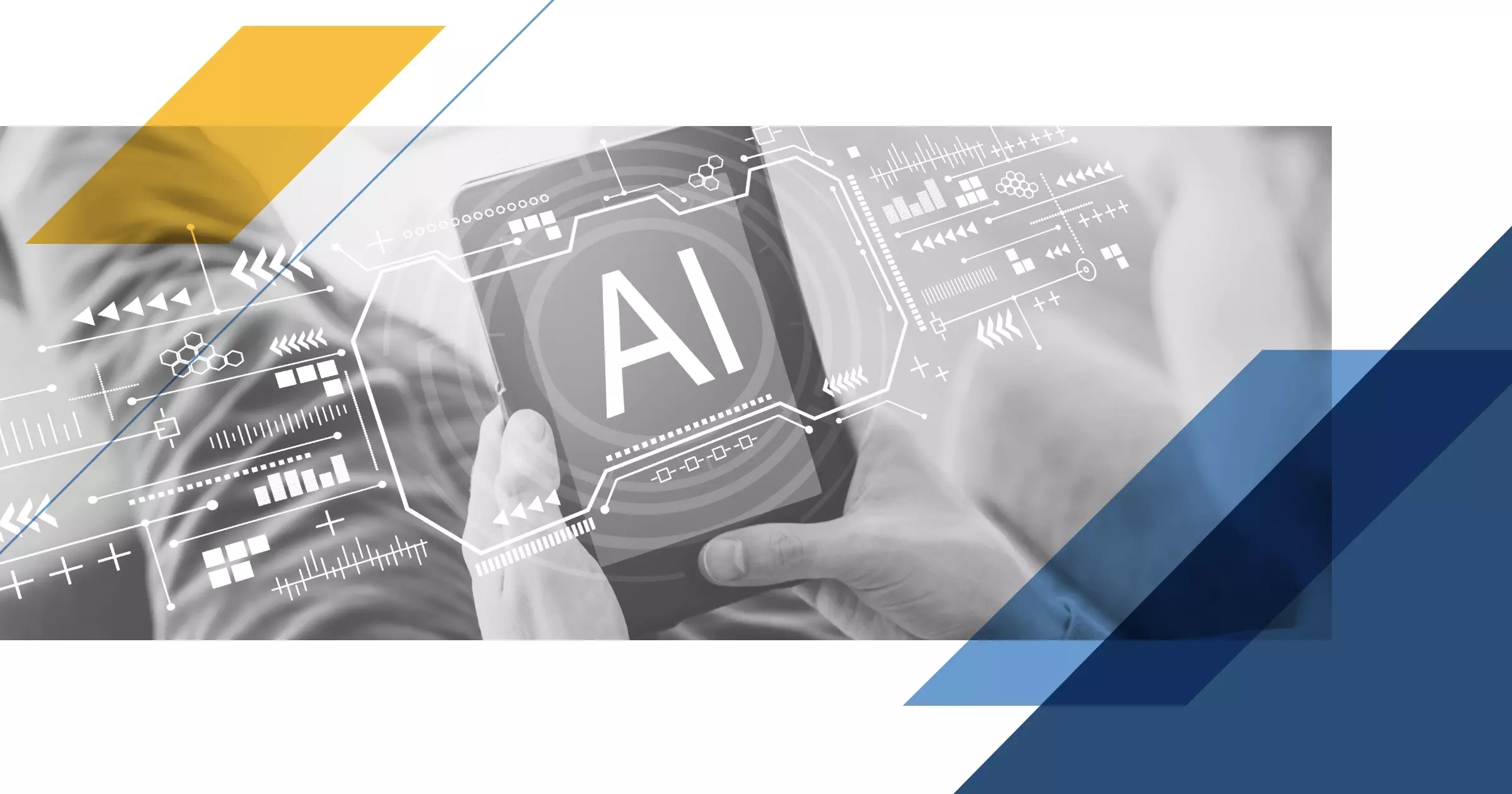Can Artificial Intelligence Make Your B2B Content Smarter? (Part 1)

Discover how A.I. machine learning used in social listening analytics can help make your B2B content more effective.
To get more followers, shares and clicks, human beings currently use two methods to test content after it is posted—A/B testing and social media analytics. Even better, B2B marketers have a huge opportunity to use artificial intelligence (A.I.) to predict effective content before it's published.
The traditional method to improve content is to use "split run" testing, also known as A/B or multivariate testing. The idea is simple: Compare two versions of content that differ in one detail—like using a statistic in one headline of a blog post, but not in the other—and see which version performs better.

The newer method uses social media analytics—like Twitter analytics, LinkedIn analytics and Google analytics, which works for websites as well. The idea is to use data about trends, sentiments and topics to target customers more effectively.
Avoid using a rearview mirror to drive content engagement
The problem with both methods is that they measure results after a particular piece of content has been published at a particular time. It's like driving by looking in the rearview mirror.
They generate data about what users did with your B2B content. But they can't explain why. For example:
- Why did a certain post receive more likes or comments than another?
- What makes a follower click the share button?
- Why did that particular call-to-action get a 10% lift in click-through rates?
A lot of data is needed to feel confident that a variable word or image that worked in the past will work in a future marketing context.
That's where A.I. comes in.
The computing power of A.I. is already under the hood of PR and social analytics, plus a host of predictive analytics, cognitive marketing and business intelligence platforms.
A fast-growing branch of A.I. known as "machine learning" (ML) is used with Natural Language Processing (NLP) to:
- Perform sentiment analysis with social listening tools to detect tweets and posts from dissatisfied customers to improve reputation management.
- Spot topics and trends so content can be targeted and personalized to customers' interests.
But the really new application is to use NLP to help marcom professionals figure out which words and phrases are potentially more persuasive before they are published—by one estimate, giving an average 75% lift in performance compared to content created by a human author without predictive A.I.
Unfortunately, today's predictive analytics and cognitive computing platforms are scaled for big budgets and tens of thousands of immediate, individual transactions.

The B2B customer journey is quite different. Four or more people are involved in 52% of B2B purchases over a purchase cycle that is getting longer, not shorter (study available after registration here.) In our experience, a one- to two-year cycle is not uncommon.
For B2B marketers, today's advanced A.I. tools need to be customized and coupled with human creativity to create cognitive content that engages the B2B customer journey. See “The Future of B2B Marketing is Fueled by Smarter Data” for a roadmap of where digital technology is headed.
Godfrey Team
Godfrey helps complex B2B industries tell their stories in ways that delight their customers.




